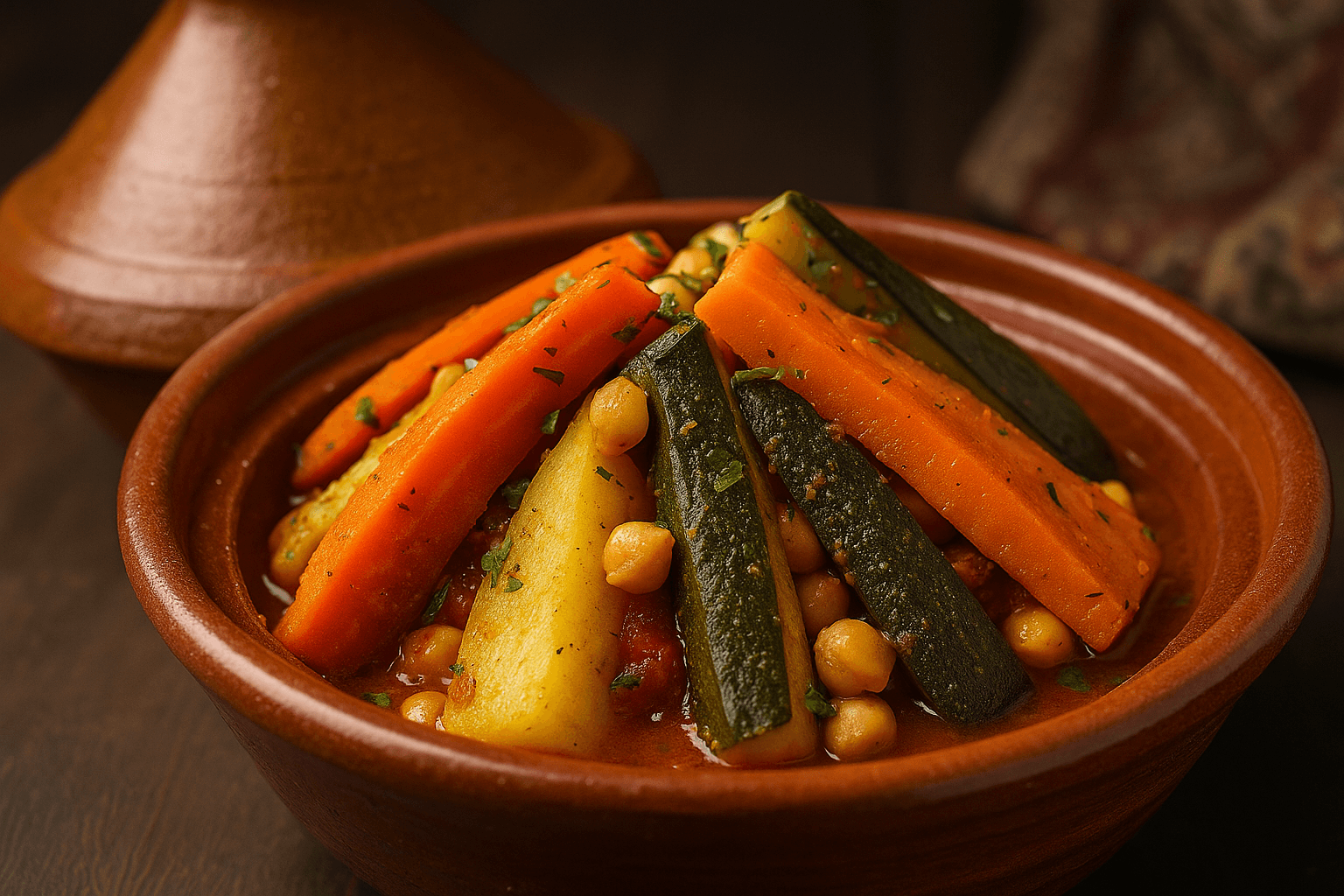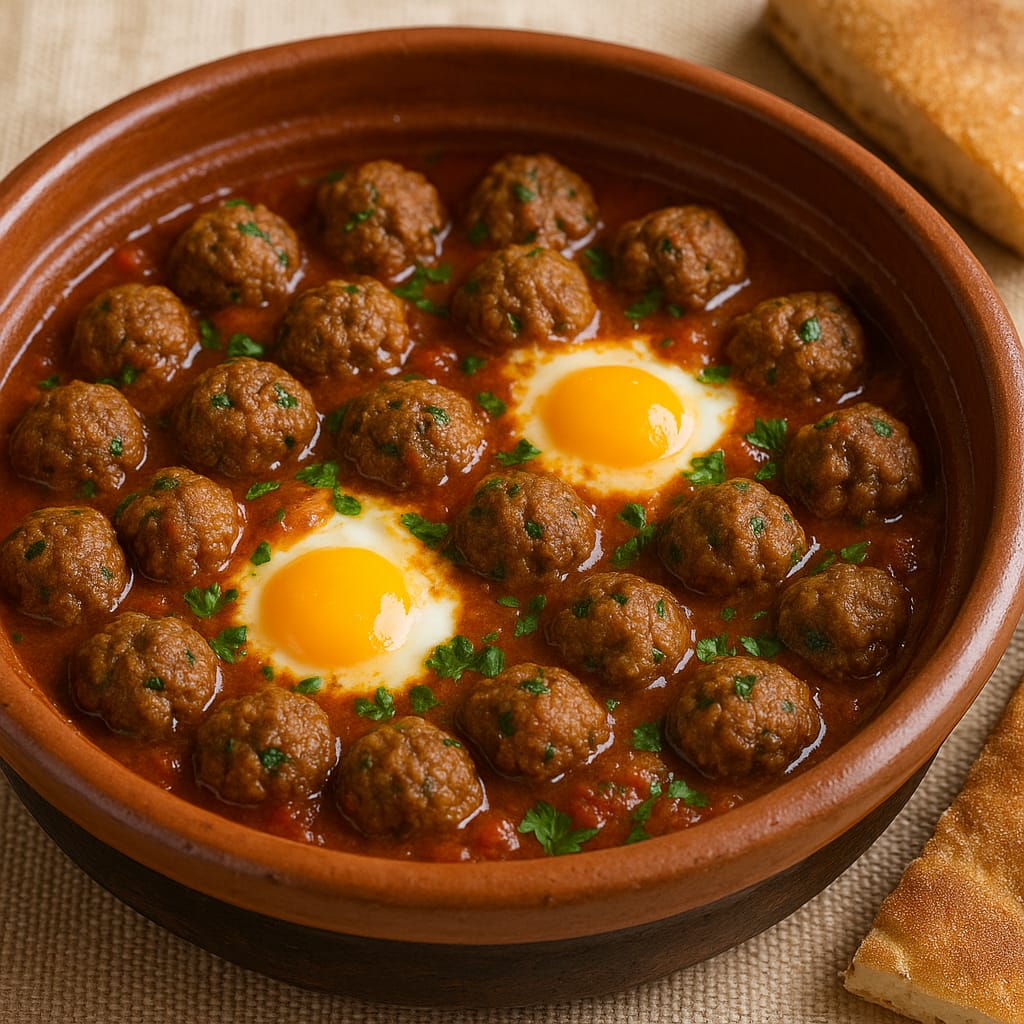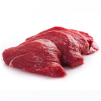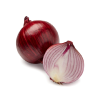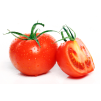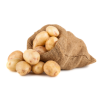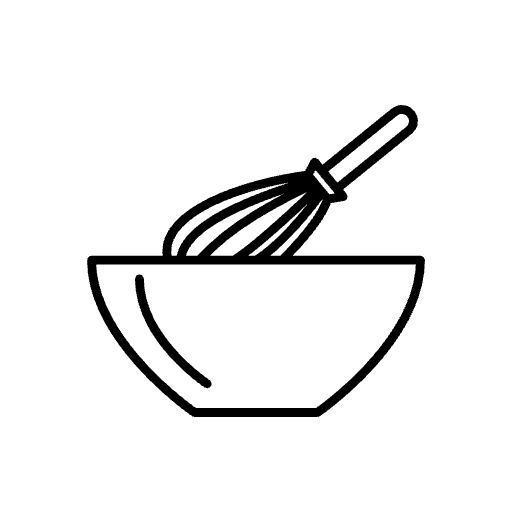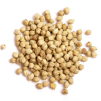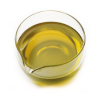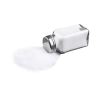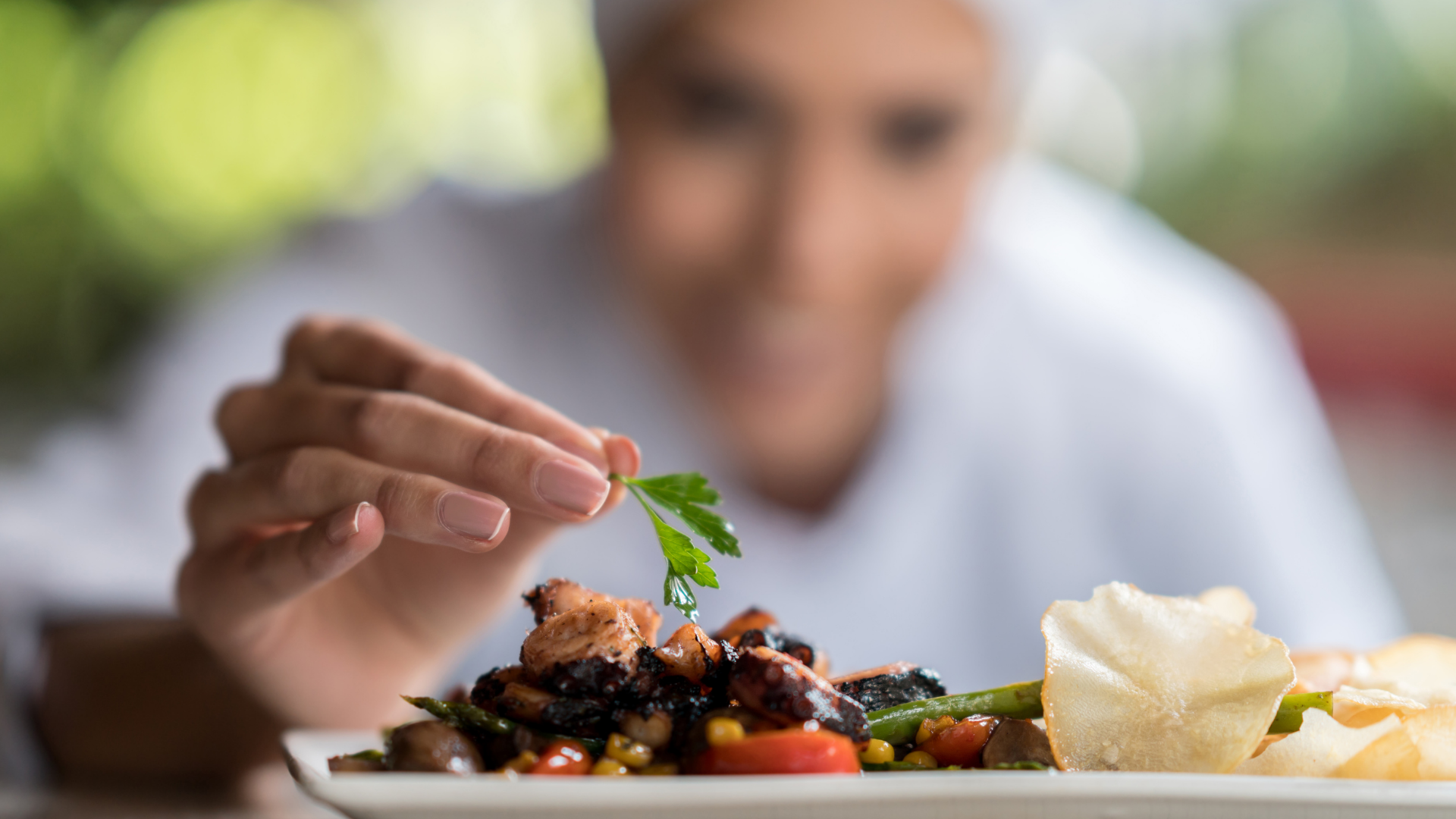Moroccan Couscous: A Flavorful Traditional Dish
Moroccan couscous is a beloved dish, known for its rich flavors and hearty ingredients. This comforting dish features tender beef, a variety of vegetables, and aromatic spices, all served over fluffy couscous. Whether enjoyed during family gatherings, celebrations, or special occasions, Moroccan couscous is a true reflection of the country’s culinary heritage. Follow this step-by-step guide to create a delicious and authentic Moroccan couscous at home.
Ingredients Moroccan Couscous:
- For the broth:
- Beef (cut into large pieces)
- 2 large tomatoes
- 1 large onion (sliced)
- 1 bunch parsley
- Chickpeas
- Spices (ground turmeric, salt, pepper, and others to taste)
- Olive oil
- Hot pepper (optional)
- For the vegetables:
- 2 potatoes (peeled and cut into large pieces)
- 1 squash (peeled and cut into large chunks)
- 1 turnip (peeled and cut into chunks)
- 3 carrots (peeled and cut into large pieces)
- 1 zucchini (cut into large pieces)
- 1 eggplant (cut into large pieces)
- Green cabbage (cut into large pieces)
- For the couscous:
- Fine semolina couscous
- Olive oil
- Salt
- Water
Instructions Moroccan Couscous :
1. Prepare the Broth:
In the bottom part of a couscoussier (traditional Moroccan steam pot), heat some olive oil and add the beef cut into large pieces. Sauté with the sliced onion and spices, mixing well. Let the meat lightly brown for about 5 minutes.
2. Add Tomatoes and Chickpeas:
After the meat is browned, incorporate 2 diced tomatoes, chickpeas, and a bunch of parsley along with additional spices. Mix everything together, then add enough water to cover the meat. Cover the pot and let it simmer while you prepare the vegetables and couscous.
3. Prepare the Vegetables:
While the broth simmers, clean and peel the vegetables. Cut the carrots, zucchini, potatoes, and turnips into large pieces. Keep the broad beans whole and cut the squash and cabbage into large chunks. Once the meat is tender, add the turnips and carrots to the pot. After about 15 minutes, add the remaining vegetables, including the squash, and continue cooking for another 15 minutes. Taste and adjust the seasoning as needed.
4. Prepare the Couscous:
In a large bowl, pour the couscous and add salt and a good drizzle of olive oil. Gently mix with your fingers to coat the grains. Gradually add a little water while mixing, ensuring the couscous is moistened. This step helps keep the couscous soft and prevents it from being dry. Once the couscous is hydrated, place it in the top part of the couscoussier, which should already be heated over the simmering broth.
5. Steam the Couscous:
After about 15 minutes of steaming, remove the couscous and place it in a large dish. Drizzle a little water over it and fluff the grains with a wooden spoon or your hands. Return the couscous to the top of the couscoussier and repeat the steaming process every 15 to 20 minutes, tasting after each step. In the final step, you can add 1/4 teaspoon of smen (rancid butter) for added flavor. For an even richer taste, drizzle some of the broth over the couscous and mix well.
6. Assemble the Couscous:
Mound the couscous in a large shallow dish. Create a well in the center and pour about 3 generous ladles of broth over the couscous. Place the cooked meat in the center, then arrange the vegetables around it—carrots, zucchini, potatoes, and the pumpkin. Finish by adding the chickpeas and drizzle more broth over everything. Serve the remaining broth in a bowl on the side.
Serving Suggestions:
Moroccan couscous is often served hot and is traditionally accompanied by buttermilk, which complements the flavors and adds a refreshing touch to the meal. This dish is perfect for family gatherings, special occasions, or a satisfying weeknight dinner.
Why You’ll Love Moroccan Couscous:
Moroccan couscous is a comforting, hearty dish packed with vibrant flavors. The combination of tender meat, fresh vegetables, and perfectly steamed couscous makes it a true crowd-pleaser. The rich broth adds depth, while the spices enhance the dish’s complexity. It’s a wonderful way to experience the traditional tastes of Morocco and brings warmth and satisfaction to any meal.
Keywords: Moroccan couscous recipe, how to make couscous, traditional Moroccan couscous, Moroccan food, Moroccan recipes, couscous with vegetables, beef couscous recipe, Moroccan stews, homemade couscous.
Moroccan Couscous
Description
Dive into the heart of Moroccan cuisine with our authentic Seven Vegetable Couscous recipe. Known for its rich flavors and vibrant colors, Moroccan food is a celebration of fresh ingredients and aromatic spices. This traditional dish is not only a feast for the eyes but also a nourishing meal that brings family and friends together.
Why Seven Vegetable Couscous?
The Seven Vegetable Couscous is a cornerstone of Moroccan culinary culture. This dish beautifully showcases the diversity of seasonal vegetables, offering a burst of flavors in every bite. It’s perfect for family gatherings, special occasions, or even a cozy dinner at home. Plus, it’s vegetarian-friendly, making it suitable for various dietary preferences.
Ingredients:
Moroccan Couscous: Step-by-Step Preparation
step 1
Prepare the Broth
In the bottom part of a couscoussier (pot), heat some oil, then add the meat cut into large pieces. Add a large sliced onion, the spices, and mix. Lightly brown the meat.
Step 2
After about 5 minutes, incorporate 2 tomatoes, chickpeas, and a bunch of parsley, along with the spices. Mix, then add enough water to cover the meat. Cover and let it simmer while you prepare the vegetables and couscous
Step 3
While the broth is cooking, clean and peel the vegetables, then cut them into large pieces: carrots, zucchinis, potatoes, and turnips. Keep the broad beans whole and cut the pumpkin and cabbage into large chunks. When the meat is tender, add the turnip and carrot. After 15 minutes, add the rest of the vegetables, including the pumpkin, and cook for another 15 minutes. Taste and adjust the seasoning
Step 4
Prepare the Couscous
In a large bowl, pour in the couscous, add salt, and a good drizzle of olive oil. Mix gently with your fingers to coat the grains. Gradually add a little water while mixing. This hydrates the couscous, preventing it from being dry. Once the grains are well moistened, place the couscous in the top part of the couscoussier, which should already be warmed over the broth.
Step 5
Cook the Couscous
After about 15 minutes of cooking, remove the couscous and place it in a large dish. Drizzle a little water over it and mix with a wooden spoon or your hands to fluff the grains. Return the couscous to the top of the couscoussier and repeat this process three times every 15 to 20 minutes, tasting at each step. In the final step, you can add 1/4 teaspoon of smen or rancid butter for flavor. For an even richer taste, drizzle a bit of broth over the couscous and mix.
step 6
For Serving:
Mound the couscous in a large shallow dish. Make a well in the center and pour about 3 generous ladles of broth over the couscous. Place the meat in the center and arrange the vegetables around it: a carrot, a zucchini, a potato, etc. Finish with the pumpkin and chickpeas, then drizzle more broth over everything. Serve the remaining broth in a bowl on the side. Serve hot, and it is common to offer the couscous with buttermilk.
Nutrition Facts
Servings 7
- Amount Per Serving
- Calories 765.88kcal
- % Daily Value *
- Total Fat 14.05g22%
- Saturated Fat 3.73g19%
- Trans Fat 0.17g
- Cholesterol 49.36mg17%
- Sodium 1791.03mg75%
- Potassium 2445.16mg70%
- Total Carbohydrate 128.87g43%
- Dietary Fiber 18.51g75%
- Sugars 13.59g
- Protein 36.84g74%
- Vitamin A 522.79 IU
- Vitamin C 77.94 mg
- Calcium 192.75 mg
- Iron 7.59 mg
- Vitamin D 0.07 IU
- Vitamin E 2.22 IU
- Vitamin K 27.99 mcg
- Thiamin 0.83 mg
- Riboflavin 0.42 mg
- Niacin 10.61 mg
- Vitamin B6 1.54 mg
- Folate 283.57 mcg
- Vitamin B12 1.62 mcg
- Phosphorus 563.26 mg
- Magnesium 206.28 mg
- Zinc 6.48 mg
* Percent Daily Values are based on a 2,000 calorie diet. Your daily value may be higher or lower depending on your calorie needs.
Note
Couscous is traditionally prepared in a special pot known as a couscoussier. This unique cooking vessel consists of two parts: a steamer pot for the couscous and a lower pot for simmering the broth. This method allows the couscous to absorb the rich flavors of the accompanying ingredients, resulting in a delicious and aromatic dish




